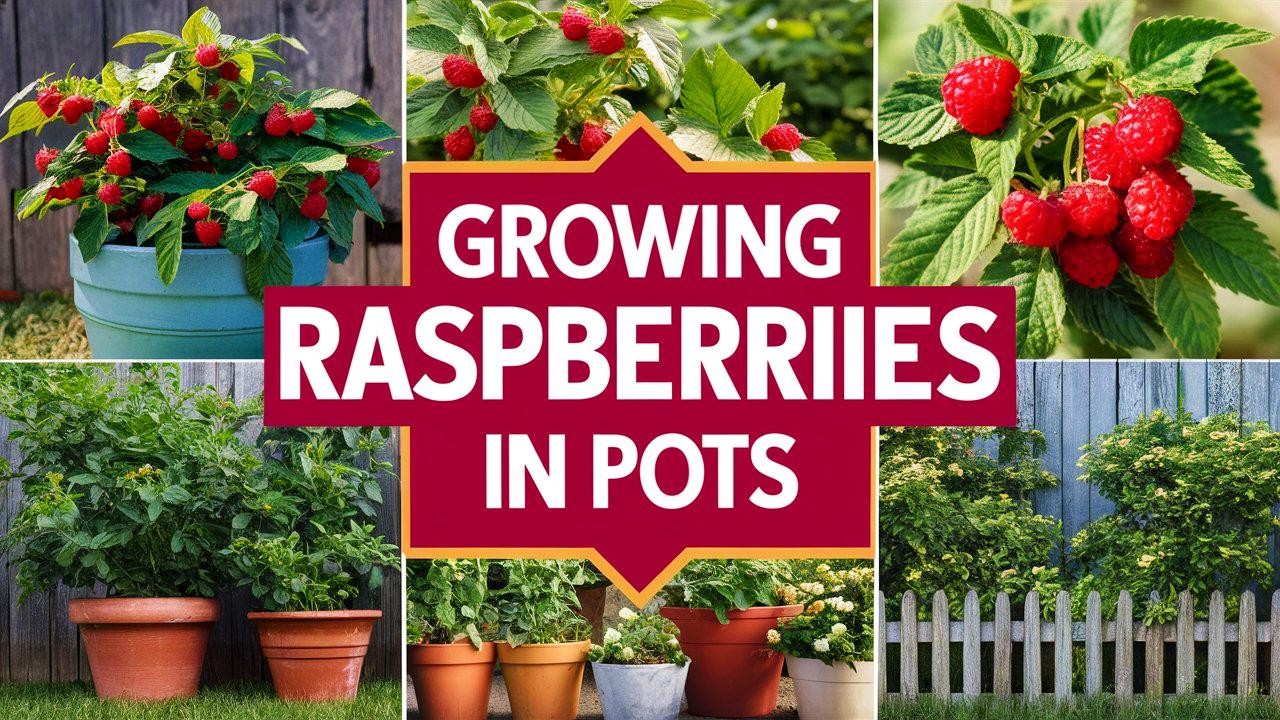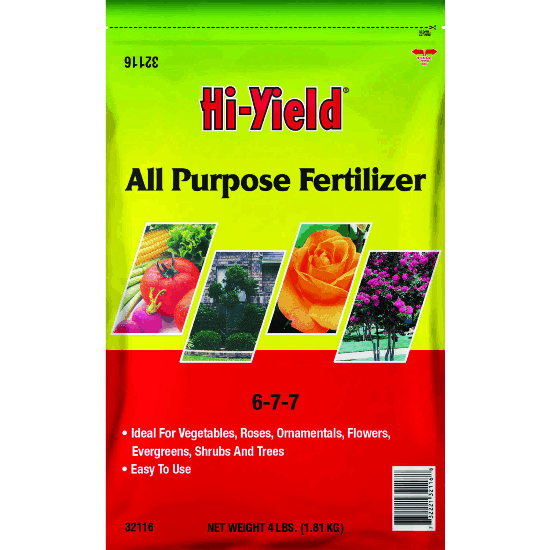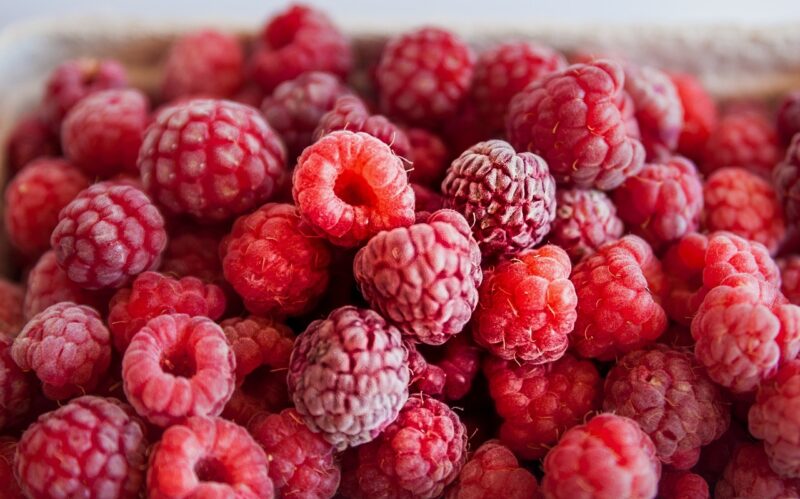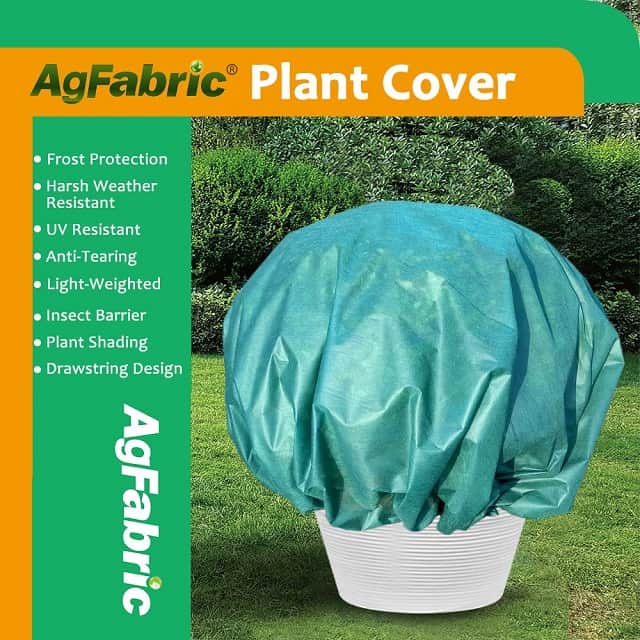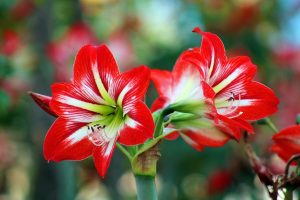Raspberries are a delicious, nutrient-rich fruit that many gardeners enjoy growing. While traditionally cultivated in ground beds, raspberries can also thrive in pots or containers, making them an excellent choice for those with limited space such as apartments or small yards.
This guide will explore the various aspects of growing raspberries in containers, from choosing the right varieties to care and maintenance, ensuring that even beginners can enjoy a bountiful harvest of fresh, juicy berries.
Understanding Raspberry Varieties
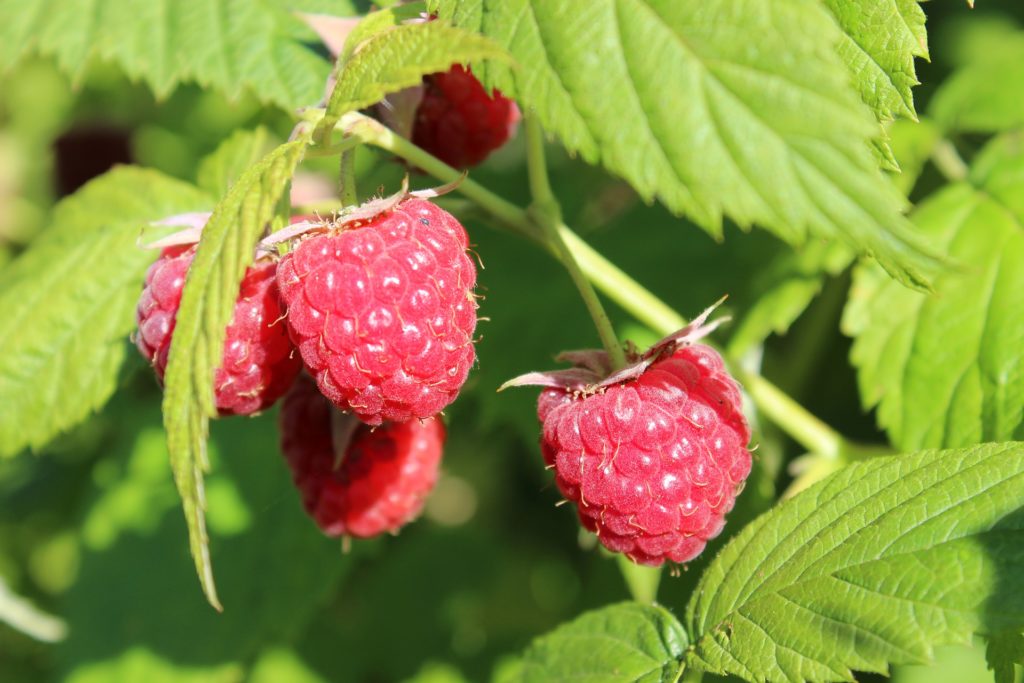
Before embarking on your raspberry-growing journey, it’s essential to understand the different varieties available. Raspberries fall into two main categories: summer-bearing and ever-bearing (also known as fall-bearing).
Summer-Bearing Varieties
Summer-bearing raspberries typically produce one large harvest in the summer. These plants produce new canes that carry fruit, and gardeners usually prune the canes after the harvest. Popular summer-bearing varieties include ‘Heritage’ and ‘Red Latham’. These varieties are known for their robust yields and exceptional flavor.
Ever-Bearing Varieties
Ever-bearing varieties produce berries twice a year: once in the summer and again in the fall. This makes them ideal for gardeners looking for prolonged harvesting periods. Varieties such as ‘Fall Gold’ and ‘Novasar’ offer unique, sweet flavors and are relatively easy to grow in containers. These varieties are perfect for beginners, as they can produce fruits in their first year.
Choosing the Right Variety for Containers
When selecting raspberry plants for container gardening, it’s generally advisable to choose smaller, less vigorous varieties that can thrive in limited space. Look for dwarf varieties like ‘Raspberry Shortcake’, which is specifically bred for container growth, reaching a maximum height of about 3 feet. This compact size allows for easy management and harvesting while still providing ample fruit production.
Selecting the Right Container
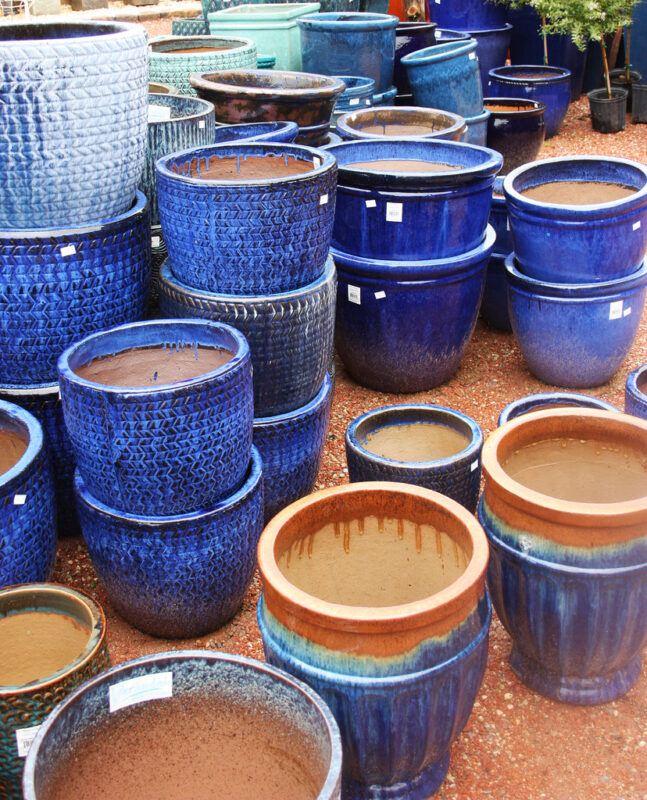
The container you choose can significantly impact the success of your raspberry plants. Here are some guidelines to help you select the best pot for growing raspberries:
Size Matters
Raspberries need space for their root systems to spread. A minimum pot size of 5 gallons is recommended for each plant. Larger pots, such as 10-15 gallons, can accommodate multiple plants or larger root systems, promoting healthier growth and better yields.
Material Consideration
Containers made from various materials can be used, including plastic, ceramic, and fabric pots. Ensure the container has adequate drainage holes to prevent root rot. Plastic pots are lightweight and typically easier to move, while ceramic pots offer a more aesthetically pleasing look but are heavier. Fabric pots are excellent for providing good aeration to the roots and can help maintain moisture levels.
Drainage Holes
It’s vital that any container you choose has sufficient drainage to prevent excess water from collecting at the bottom. Too much moisture can lead to root rot, which can quickly kill your plants. If your pot doesn’t have drainage holes, consider drilling some or using a different container.
Choosing the Right Soil
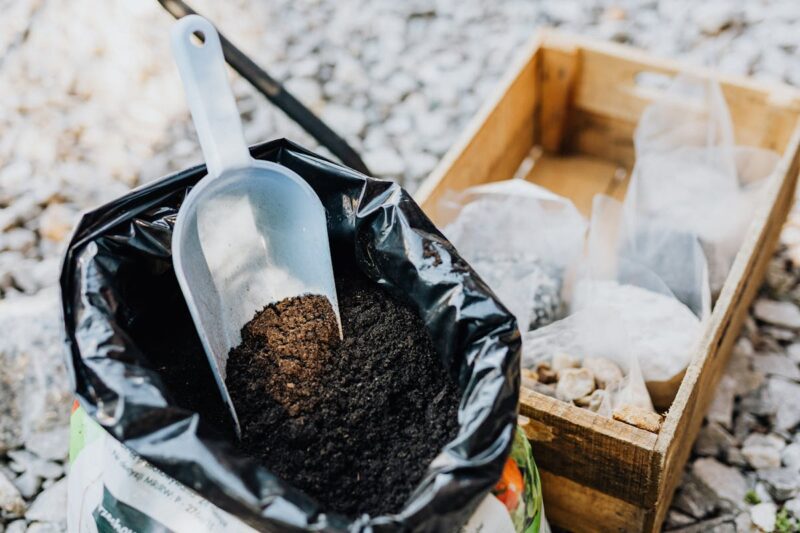
Raspberries thrive in well-drained, nutrient-rich soil. Selecting the right potting mix can make a substantial difference in your plant’s growth and fruit production. Here are some tips for choosing the perfect soil for your container-grown raspberries:
Mix Your Own
You can create a potting mixture that combines commercial potting soil, compost, and peat moss in equal parts. This mix provides excellent drainage, aeration, and nutrients for your raspberry plants. Adding perlite or vermiculite can further improve drainage.
Nutrient Requirements
Raspberries require plenty of nutrients to flourish, especially nitrogen, phosphorus, and potassium. When preparing your soil mixture, consider adding a slow-release fertilizer specifically formulated for fruiting plants. This will ensure your raspberries receive the necessary nutrients throughout their growing cycle.
Planting Raspberries in Containers
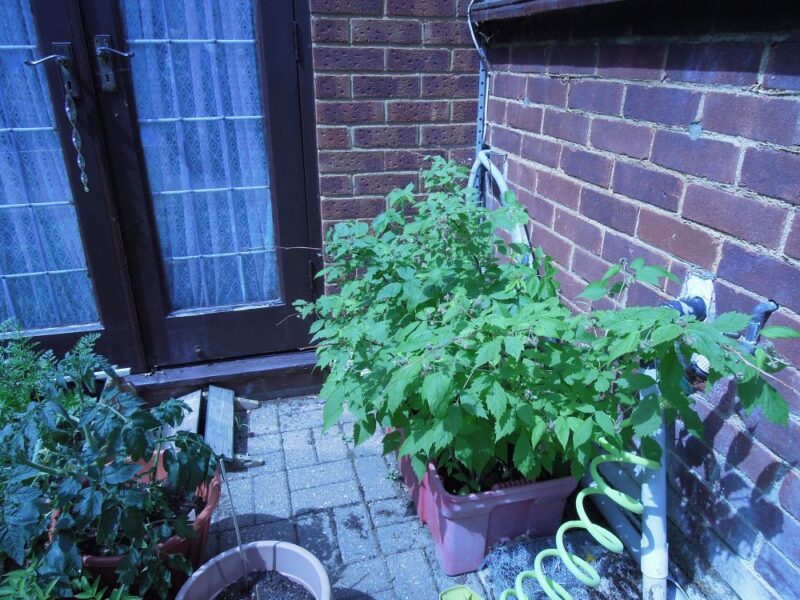
Once you have chosen your variety, container, and soil, the next step is planting your raspberries. Here’s a guide to help you get started:
Timing is Key
Raspberries can be planted in containers in either the spring or fall. If you live in a warmer climate, fall planting may work best. Spring planting gives the plants longer to establish themselves before the heat of the summer sets in.
Planting Depth
When placing your raspberry canes in the container, ensure that the crown (where the roots meet the stem) sits slightly above the soil line. This will help prevent crown rot and ensure healthy growth. Fill the pot with the prepared soil mix, leaving a couple of inches of space at the top to allow for watering.
Spacing Considerations
If you are planting multiple raspberry plants in one container, provide adequate spacing between them. Ideally, you should plant them about 2 feet apart to allow for optimal air circulation and growth. This decreases the likelihood of disease and provides each plant sufficient resources.
Location and Sunlight Requirements
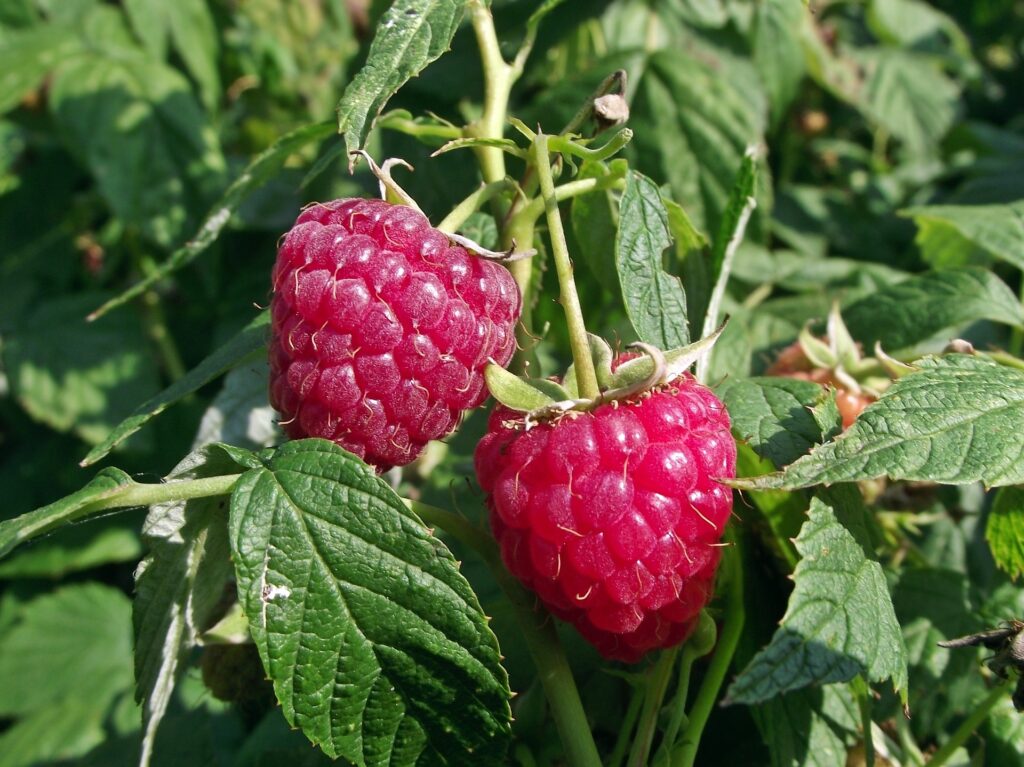
Raspberries are sun-loving plants that thrive best in conditions where they receive at least six to eight hours of direct sunlight each day. Here are some important factors to consider regarding location:
Finding the Perfect Spot
Choose a location, whether on a balcony, patio, or garden, that receives full sun. Ideally, the spot should also be sheltered from strong winds, as strong gusts can damage delicate canes and fruit.
Temperature Considerations
Although raspberries are generally hardy, exposure to extreme temperatures can stifle growth. In hotter climates, containers can raise soil temperatures. During particularly hot spells, consider offering partial shade to prevent overheating. Conversely, if temperatures dip significantly, use row covers or bring potted plants indoors to protect them from frost.
Watering Practices
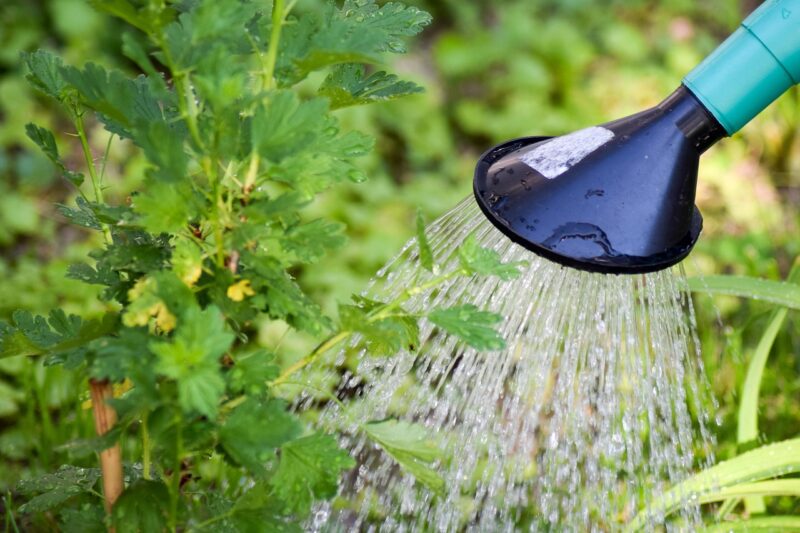
Proper watering is crucial for achieving healthy raspberry plants in containers. Raspberries prefer moist soil but can be susceptible to overwatering. Here are some best practices for watering your potted raspberries:
Consistency is Key
Check the moisture level of the soil frequently. The top inch of soil should be dry before you water again. When you water, do so thoroughly until you see liquid draining out of the bottom. This ensures the entire root zone is moistened.
Mulching
Applying a layer of organic mulch, such as straw or wood chips, around the base of the plants can help retain moisture, regulate soil temperature, and minimize weed growth. Additionally, mulch breaks down over time, contributing nutrients to the soil.
Fertilization
Raspberries are heavy feeders, requiring regular fertilization throughout their growing season to yield abundant fruit. Here’s how to effectively fertilize your potted raspberry plants:
Timing Fertilizer Application
Begin fertilizing your raspberries in early spring as new growth appears. Use a balanced fertilizer—one with an equal N-P-K ratio, such as 10-10-10. In mid-summer, once fruiting begins, switch to a fertilizer higher in potassium, as this will enhance fruit flavor and production.
Application Techniques
Follow the manufacturer’s instructions for the frequency of fertilization. Typically, you’ll want to feed your raspberry plants every 4-6 weeks during the growing season. Avoid over-fertilization, as too many nutrients can result in excessive leaf growth at the expense of fruit production.
Pruning Raspberry Plants

Pruning is an essential aspect of raspberry care, aiding in proper growth and maximizing fruit production. Pruning practices differ based on the type of raspberry you are growing.
Summer-Bearing Pruning
For summer-bearing varieties, prune the canes immediately after harvesting in late summer or early fall. Remove all the spent canes to make room for new growth. This encourages healthy growth for the following season.
Ever-Bearing Pruning
Ever-bearing varieties require two types of pruning. In early spring, remove any dead or weak canes. After the fall harvest, you can choose to prune all canes back to the ground, promoting stronger plants in the next growing season. Alternatively, leave some canes if you want a summer harvest; however, this will lead to fewer berries in the fall.
Managing Pests and Diseases
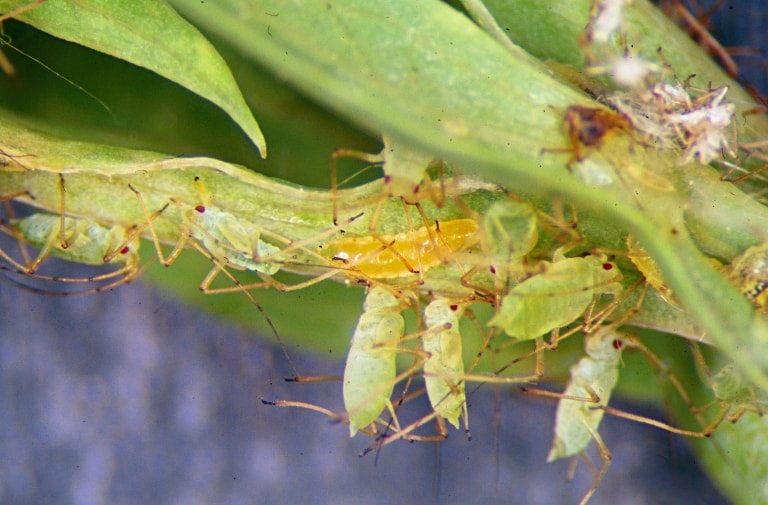
Container-grown raspberry plants are susceptible to a variety of pests and diseases. Vigilance and preventive measures can keep your plants healthy.
Common Pests
Some of the more common pests include aphids, spider mites, and leafhoppers. Monitor your plants regularly, watching for any signs of infestation. If you notice pests, consider using insecticidal soap or introducing beneficial insects like ladybugs into your garden.
Disease Prevention
Raspberries are prone to diseases such as root rot and powdery mildew. To mitigate these issues, ensure that your plants are well-spaced to promote air circulation and prevent moisture buildup. Additionally, avoid watering the leaves and focus on watering the soil directly. Rotate your pots each growing season or move them to different locations to disrupt disease cycles.
Harvesting Raspberries
One of the most rewarding aspects of growing raspberries is the harvest. Knowing when and how to pick your berries can enhance your enjoyment of your home-grown fruit.
Picking Ripe Berries
Raspberries are best harvested when fully ripe; they should easily detach from the stem with a gentle tug. Look for berries that have vibrant color—red or golden depending on the variety—and are plump and firm. Avoid picking berries that are still too hard or have any blemishes.
Storage Tips
Freshly harvested raspberries can be eaten straight away but also store well. Place them in a single layer in shallow containers to prevent crushing, and refrigerate them to extend preservation. Consume them within a few days for the freshest taste.
Winterization and Care
During winter, container-grown raspberries require specific care to help them survive the colder months. Here are some helpful strategies for winterizing your potted plants:
Insulating the Roots
Protect the roots from severe cold by insulating the pots. You can wrap them with burlap or bubble wrap, or place them in an unheated garage or basement. If possible, bury the pots in the ground or mulch heavily around the base.
Light and Watering in Winter
During winter months, your raspberry plants will move into dormancy, requiring less light and minimal watering. Water sparingly, only when the top few inches of soil are dry.
Conclusion
Growing raspberries in pots and containers can be both rewarding and enjoyable, especially for those new to gardening. From selecting the right varieties to understanding proper care techniques, this comprehensive guide equips you with the knowledge needed to thrive in container gardening. By carefully planning and following best practices, you can cultivate delicious, sweet raspberries right at your doorstep, ensuring a refreshing taste of summer throughout the year.


